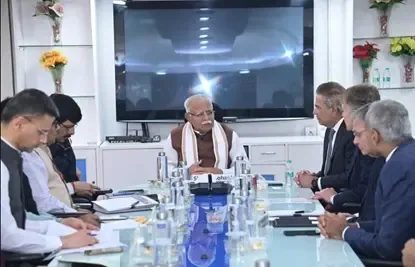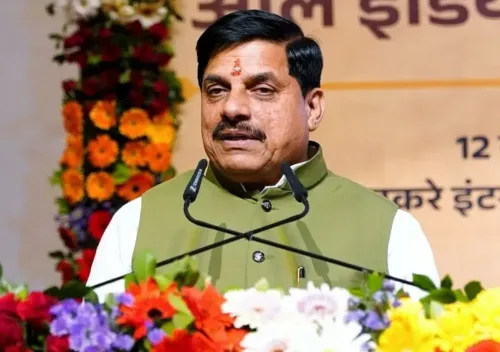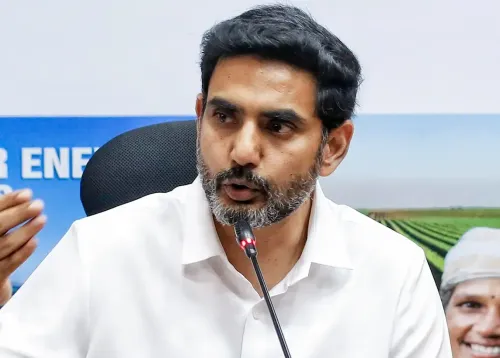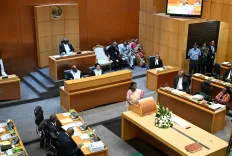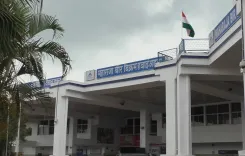Has the Government Unleashed a Million Sq Km for Oil & Gas Exploration?
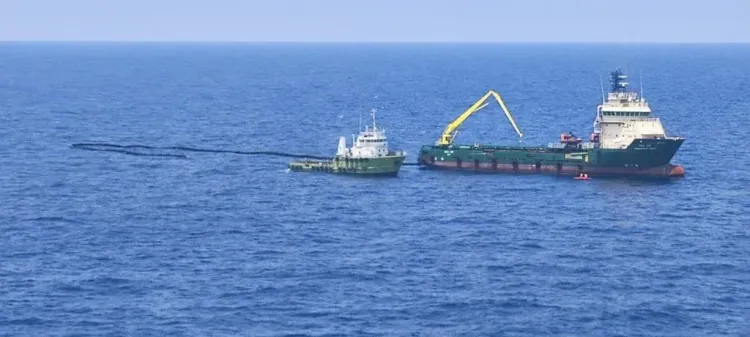
Synopsis
Key Takeaways
- The government opened one million sq km for exploration.
- Significant discoveries reported in the Andaman-Nicobar basin.
- ONGC and OIL leading exploration efforts.
- New geological insights affirm hydrocarbon potential.
- Collaboration with international partners boosts exploration.
New Delhi, July 29 (NationPress) India is experiencing a significant upswing in oil and gas exploration efforts, following the release of almost one million square kilometers of previously designated 'No-Go' offshore zones in 2022, as stated by Minister of Petroleum and Natural Gas, Hardeep Singh Puri, during a parliamentary session.
"This initiative has unveiled considerable exploration opportunities, particularly in deepwater and frontier locations like the Andaman-Nicobar (AN) offshore basin, playing a crucial role in propelling the current offshore activity surge," the minister mentioned in his written response to the Rajya Sabha.
Since 2015, Exploration and Production (E&P) firms in India have recorded 172 hydrocarbon discoveries, with 62 of these occurring in offshore territories. The minister pointed out the geological importance of the AN basin, strategically located at the intersection of the Andaman and Nicobar Basins within the Bengal-Arakan sedimentary system.
The tectonic framework, positioned at the convergence of the Indian and Burmese plates, has resulted in the creation of numerous stratigraphic traps ideal for hydrocarbon accumulation. This geological potential is further enhanced by the basin's closeness to established petroleum systems in Myanmar and North Sumatra. The region has garnered renewed international interest following major gas discoveries in South Andaman offshore Indonesia, highlighting the geological connectivity throughout the area, the minister added.
While the favorable geological conditions provide a robust foundation, Puri stressed that the real progress has stemmed from the government’s strategic policy initiatives and a revamped exploration methodology. This updated strategy has facilitated aggressive seismic data acquisition, the commencement of both stratigraphic and exploratory drilling, and increased collaboration with global exploration partners, many of whom have expressed strong interest in the newly accessible frontier blocks, he indicated.
In a noteworthy development, ONGC and Oil India Ltd (OIL) have initiated an ambitious exploration endeavor in the ultra-deepwater region of the Andaman. For the first time, drilling activities are reaching depths of up to 5,000 meters. One such exploratory well, ANDW-7, drilled in a carbonate play in the East Andaman Back Arc area, has produced promising geological findings. These include traces of light crude and condensate in cutting samples, as well as heavy hydrocarbons such as C-5 neo-pentane in trip gases, the minister further noted.
These discoveries confirm, for the first time, the presence of an active thermogenic petroleum system in the area, comparable to those in Myanmar and North Sumatra. Although commercial reserves still need to be confirmed, this exploration initiative has validated the existence of a functioning petroleum system and has paved the way for targeted exploration in the region, the minister remarked.
Offering a summary of the exploration results so far, the minister indicated that ONGC has made hydrocarbon discoveries in 20 blocks, with an estimated reserve of 75 million metric tonnes of oil equivalent (MMTOE). OIL, for its part, has recorded seven oil and gas discoveries in the past four years, with reserves approximated at 9.8 million barrels of oil and 2,706.3 million standard cubic meters of gas.

